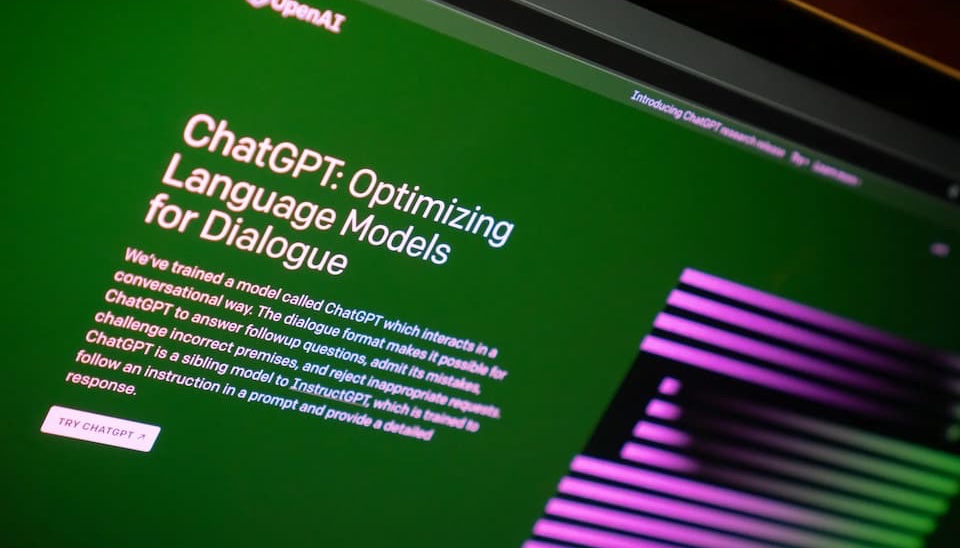Minimax vs. GPT-4o: The Battle for AI Supremacy

By Ethan Cheung
TL;DR
- Minimax vs. GPT-4o: A detailed comparison of two leading AI models, focusing on architecture, performance, and application scenarios.
- Minimax Innovations: Introduces linear attention mechanisms and MoE architecture, enabling efficient processing of up to 4 million tokens.
- GPT-4o Strengths: Excels in multimodal tasks and complex reasoning, with a focus on high-end applications.
- Performance Metrics: Minimax leads in long-context processing, while GPT-4o dominates in complex reasoning and multimodal tasks.
- Future Trends: Both models are pushing the boundaries of AI, with Minimax focusing on long-context and GPT-4o on multimodal and reasoning capabilities.

Introduction
In the rapidly evolving field of artificial intelligence, large language models (LLMs) and multimodal models have emerged as game-changers, continuously redefining the boundaries of intelligent technology. Minimax and OpenAI stand out as industry leaders, with their models showcasing remarkable competitiveness in performance, architecture, and application scenarios. This article delves into the performance of Minimax and GPT-4o, exploring their technological innovations, application expansions, and future trends to determine which model is leading the AI revolution.
Model Architecture: The Core of Innovation
MiniMax: Pioneering New Paradigms
- Linear Attention Mechanism: MiniMax-01 series models have pioneered the large-scale application of linear attention mechanisms in commercial settings. This innovation overcomes the quadratic computational complexity bottleneck of traditional Transformer architectures, enabling the model to handle up to 4 million tokens efficiently. In contrast, GPT-4o's context processing capability is only 1/32 of MiniMax's. The new architecture reduces costs by over 90% at a sequence length of 128K, with efficiency improvements of 2-3 times for processing 100,000 tokens, and the gains increase with longer sequences.
- Mixture of Experts (MoE) Integration: By combining Lightning Attention and Softmax Attention with MoE architecture, Minimax has achieved significant breakthroughs in training efficiency and inference speed. With 456 billion parameters and 45.9 billion activated per inference, the model demonstrates exceptional stability and efficiency in handling ultra-long contexts.
- Multimodal Capabilities: MiniMax-VL-01 excels in multimodal processing, supporting dynamic resolution image processing. It can adjust input image sizes from 336×336 to 2016×2016, providing robust support for complex multimodal tasks.
GPT-4o: Continuous Optimization for Leadership
- Multimodal Processing: GPT-4o excels in text and image understanding, with a 128k token context window, making it adept at handling complex tasks, especially in programming and mathematical problem-solving. The model employs advanced multimodal fusion techniques, enabling deeper interaction and understanding between text and image modalities.
- Lightweight Version: GPT-4o mini offers a cost-effective solution without significant performance sacrifices. With input token pricing at $0.15 per million tokens and output at $0.60 per million tokens, it is well-suited for resource-constrained environments.
Performance Showdown: A Comprehensive Comparison
Context Processing: The Key to Long-Text Dominance
- MiniMax's Long-Text Advantage: MiniMax-Text-01's 4 million token context window sets it apart in long-text processing. Whether handling novels, complex documents, or massive datasets, its performance degradation is minimal, showcasing unparalleled long-context processing capabilities.
- GPT-4o's Trade-offs: GPT-4o performs well in short-context tasks but struggles with ultra-long texts, showing noticeable performance drops compared to MiniMax.
Benchmark Performance: The Scientific Measure
- Long-Context Tasks: In the Needle-In-A-Haystack test, MiniMax-Text-01 demonstrated exceptional detail capture, accurately identifying key information within 4 million tokens, outperforming GPT-4o and Claude-3.5-Sonnet.
- Multimodal Tasks: MiniMax-VL-01 ranks high in multimodal benchmarks, excelling in complex image understanding and generation tasks.
- Reasoning and Generation: GPT-4o excels in complex reasoning tasks, scoring 87.2% in HumanEval, particularly in mathematical reasoning and code generation. GPT-4o mini scores 82.0% in MMLU and 87.0% in MGSM.
Efficiency and Latency: Critical for Real-Time Applications
- MiniMax's Efficiency: MiniMax's unique architecture ensures near-linear complexity and low latency, making it ideal for high-throughput applications.
- GPT-4o mini's Real-Time Performance: GPT-4o mini's fast output speed and low cost make it a strong contender in real-time applications.
Application Scenarios and Cost: Key Dimensions of Value
MiniMax: Diverse Applications and Cost-Effectiveness
- Agent Systems: MiniMax-01 series models provide robust support for complex Agent systems, enabling continuous memory and multi-Agent collaboration.
- Cost Advantages: MiniMax's input token cost is $0.2 per million tokens, and output is $1.1 per million tokens, offering high cost-effectiveness for large-scale applications.
GPT-4o: High-End Applications and Premium Experience
- Complex Reasoning and Multimodal Tasks: GPT-4o is the go-to tool for high-precision fields like education, creative writing, and advanced programming.
- Cost vs. Performance: Despite higher costs ($2.5 per million input tokens and $10 per million output tokens), GPT-4o's performance in complex tasks justifies its value.
Future Trends: New Directions in AI Development
Long-Context Processing: The New Standard
MiniMax's ultra-long context processing technology paves the way for future Agent and multimodal applications, potentially becoming a core standard for AI models.
Multimodal and Reasoning Capabilities: Deep Integration
The competition between GPT-4o and Minimax in multimodal and reasoning capabilities will drive AI towards more complex and intelligent applications.
Open Source and Commercialization: Finding the Balance
MiniMax's open-source strategy fosters innovation, but balancing openness with commercial success remains a challenge.
Conclusion: Dual Dominance and Future Prospects
MiniMax's Strengths
Minimax excels in long-context processing and multimodal tasks, with innovative architecture and cost advantages making it a strong contender for future applications.
GPT-4o's Strengths
GPT-4o leads in complex reasoning and multimodal understanding, maintaining its position in high-end applications.
Future Outlook
As AI technology advances, Minimax and GPT-4o will continue to push boundaries, each leveraging their strengths to lead the AI revolution.
